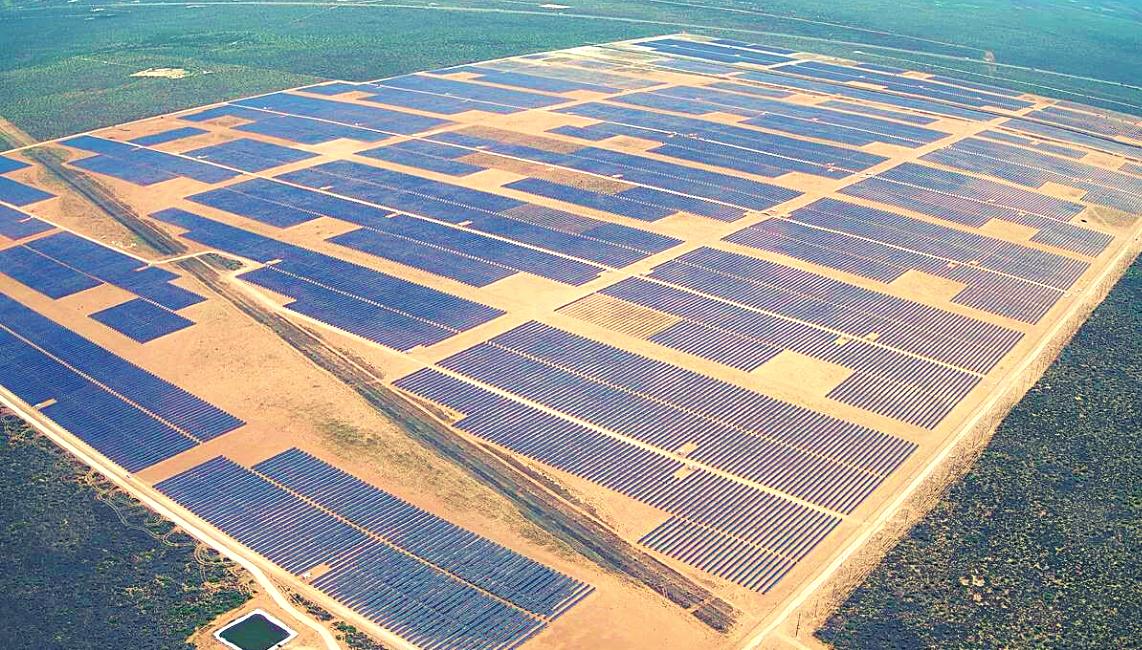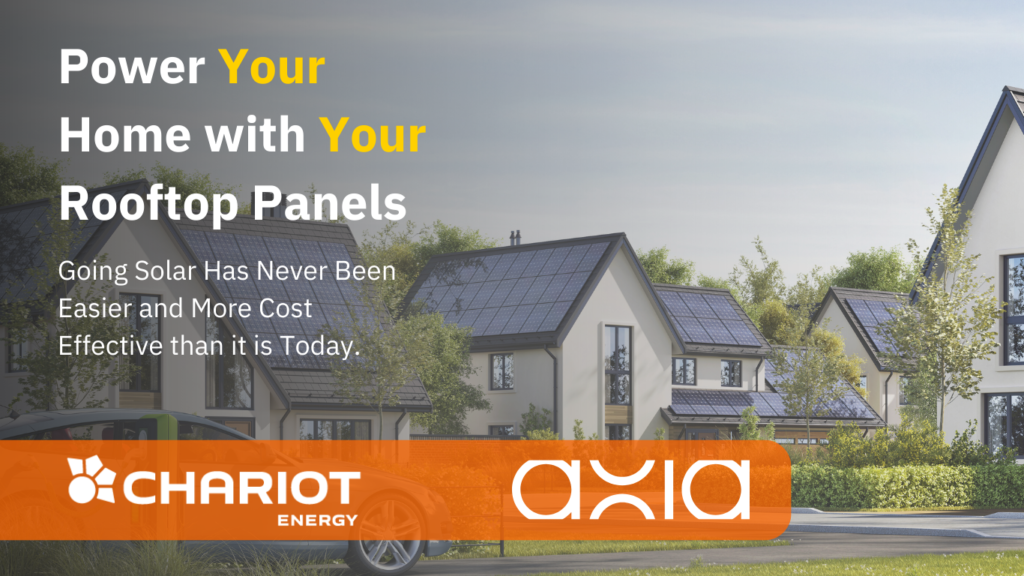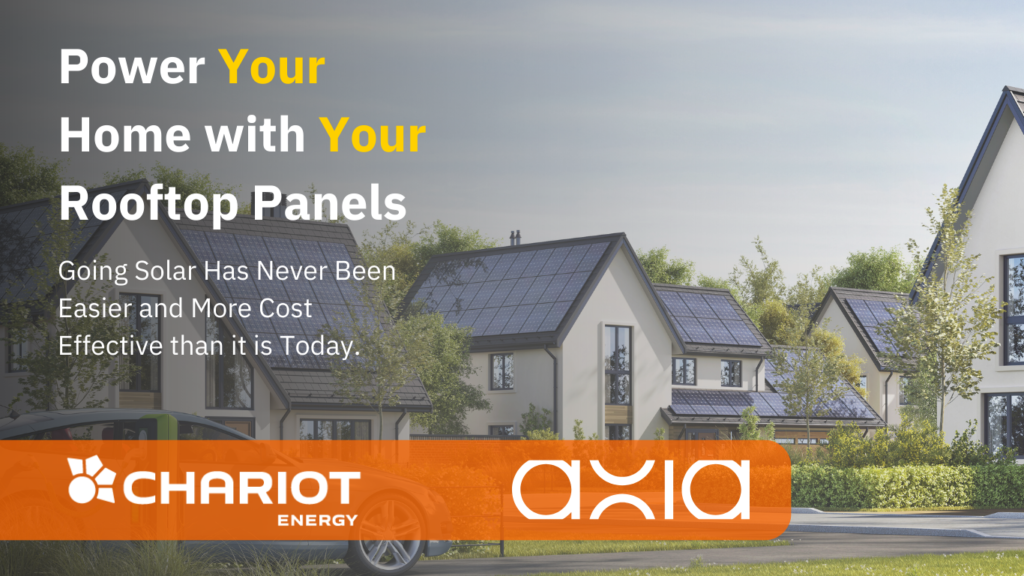
The latest cash crop to arrive on farm fields: solar panels. That’s right — solar farms are sprouting up across America in all shapes and sizes, from small ones that light up local communities to gigantic, utility-scale solar farms that power thousands of homes.
In the last decade alone, solar has experienced an average annual growth rate of 49%. Much of this growth is due to the number of solar farms popping up around the U.S., including Oberon Solar in West Texas.
Today, there’s enough solar power on the grid to power 15.7 million homes.1 Now, that’s a lot of electricity from sunshine to go around. Let’s talk more about solar farms, the different types of farms out there and the specifics such as the cost, the power output and more.
A solar farm is a large collection of photovoltaic (PV) solar panels that absorb energy from the sun, convert it into electricity and send that electricity to the power grid for distribution and consumption by customers like you. Solar farms — which you’ll sometimes see being called solar parks or photovoltaic power stations — are usually mounted to the ground instead of rooftops and come in all shapes and sizes.
Of the tens of thousands of solar panel installations in the U.S., they can be grouped into two types of solar farms, both based on size.
First and foremost, the phrase “utility-scale” can be a bit misleading. Technically, all solar energy projects — whether it’s a few rooftop panels or a whole acre of them — are “on the grid” providing the local utility company with solar-powered electricity. The only time a solar energy project is not truly utility-scale is when it’s completely disconnected from the grid and not connected through a power line. This is almost never the case.
But for our purposes and most discussions of this nature, utility-scale solar farms refer to those massive areas of land where solar panels stretch beyond the horizon. Such installations consist of hundreds of thousands of solar panels that absorb energy from the sun, generate an electric current and distribute that power on high-voltage power lines. The electricity travels along those power lines to the electricity grid, eventually making its way to your home.
Oh, and did we mention Chariot Energy has one of these? 😉 Yes! We are so excited to have our very own Oberon Solar Power Facility, which officially went online in June 2020. As a 180 megawatt (MW) utility-scale solar farm, it will annually supply enough solar energy to power 30,000 homes. Moreover, we’ll operate it for the next 25 to 30 years, so we’ve got plenty of sunshine to go around.
These facilities, including ours, typically operate on power purchase agreements, wherein businesses agree to purchase a specific amount of electricity either from the utility or the generator. They also operate through other means, such as tax equity investments, a fancy term you can learn more about in our solar for business article.
That’s just one side of the solar farm coin! The other consists of the thousands of smaller-scale farms the industry refers to as community solar or solar gardens.
Community solar farms are small-scale solar facilities that generate around 5 MW of electricity for a local community of homes and businesses. The power is shared among everyone who participates in the program. Depending on the number of residents and the amount of production, the residents could get a reduction in their electricity bill for investing in this solar project.
Here’s how it works:
This is possible with technology called “virtual net metering.” Your retail energy company will credit your bill for the amount of electricity your community solar farm generates in proportion to your home’s energy load.
Community solar also differs from utility-scale solar because it’s considered distributed energy or distributed generation resource (DER). The electricity produced by the community solar farm is used to power the homes within a close range. Thus, they’re less likely to lose power if the grid goes down.
In contrast, electricity made by utility-scale solar farms can travel for miles and miles until it reaches its destination, be it your home or business. Ultimately, both have unique benefits that move the solar industry forward!
If you’re a solar fanatic like we are, we’ve got more information where that came from. Whether you want to know more about solar panel installation costs, the concept of net metering or just general knowledge about green energy, we’ve got you covered.

By turning to our next chapter – we are turning to you – our most valuable asset. You and our other past and present Chariot Energy customers will receive a one-of-a-kind experience from Axia Solar to go solar and keep your home energized…even when the grid is not.
We’ve seen energy prices skyrocket over the past year and many of us have experienced the volatility of our grid and the devastation it can bring when it’s down.

Are you in search of dependable energy solutions to buy? Discover Rooftop Solar by Axia Solar, providing a unique experience to help you switch to solar and power your home. Take control of your energy usage and explore Axia’s range of Rooftop Solar options today. Invest wisely in sustainable energy solutions for your home.
We’ve seen energy prices skyrocket over the past year and many of us have experienced the volatility of our grid and the devastation it can bring when it’s down.
“*” indicates required fields
Sources: